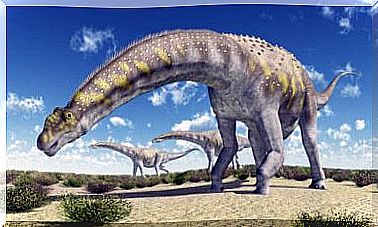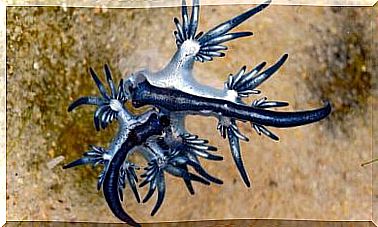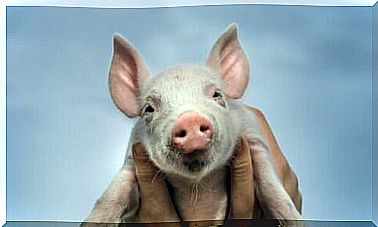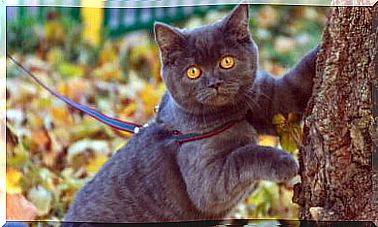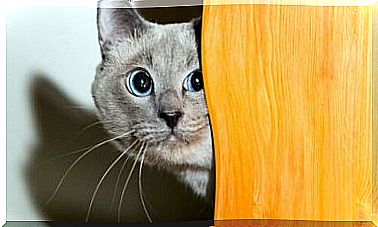9 Animals From Madagascar
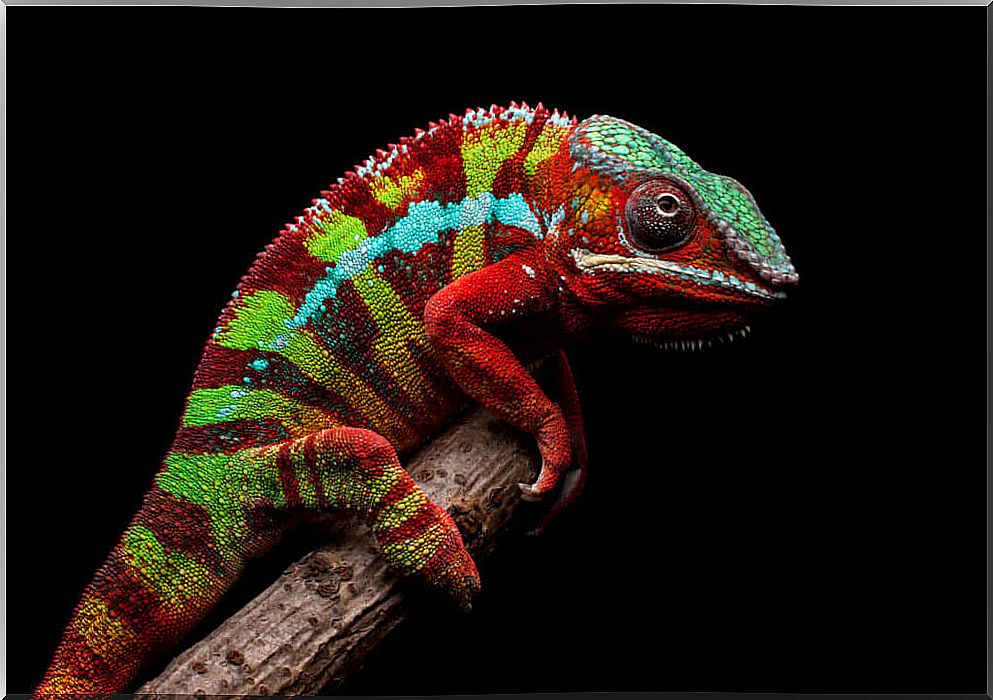
In ancient times Madagascar belonged to the supercontinent of Gondwana. After its separation from Africa and India, it became the fourth largest island in the world and remained isolated for the past 160 million years. Thanks to this, Madagascar’s animals evolved independently from the rest of the planet.
As a result, the fauna of Madagascar is unique in the world. 100% of Madagascar’s amphibians are endemic. And 90% of reptiles, 37% of birds and 66% of fish as well. The same goes for mammals and macroinvertebrates, as most species cannot be found anywhere else.
In this article, we present some of the most emblematic species on the island. Unfortunately, many of them are seriously threatened as Madagascar’s natural resources are rapidly being destroyed by human activities.
Madagascar’s unique animals
These animals that we are going to present cannot be found anywhere else on the planet. Therefore, their conservation is a priority.
1. Aye-aye ( Daubentonia madagascariensis )
This nocturnal primate stands out for its peculiar appearance, with a black coat, large yellow eyes, huge ears and incisors that keep growing. These animals are also notable for their long, furry tail and strange hands.
The aye-aye’s fingers are unusually long. He uses them to repeatedly tap the bark of trees in search of insects to devour. Once he finds them, he breaks the shell with his teeth and uses his middle finger, much thinner than the rest, to remove the insect from his gallery.
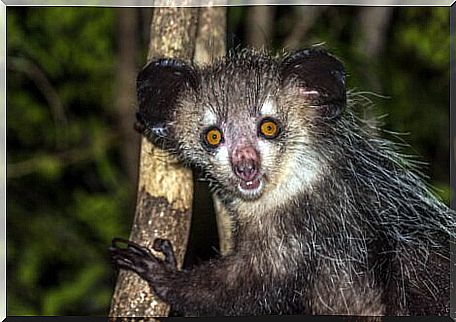
2. Panther chameleon ( Furcifer pardalis )
The panther chameleon is native to northern Madagascar. However, today it can be found in homes around the world due to its popularity as an exotic pet.
These chameleons are characterized by their bright and striking colors, which vary from green to blue or red, depending on the population to which the animal belongs, its mood and other factors. Adults reach considerable sizes, up to 23 centimeters in length.
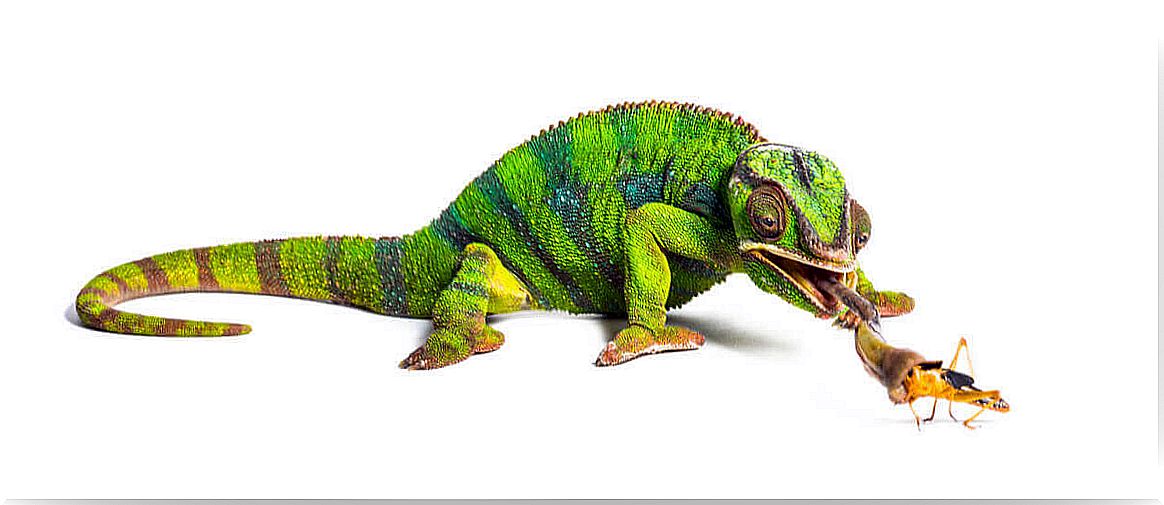
3. Leaf-tailed satanic gecko ( Uroplatus phantasticus )
This is another species of Malagasy arboreal reptile that, like the chameleon shown, has become very popular in the animal trade. Its appearance reflects a spectacular case of cryptsis, whereby the animal tries to resemble its environment in order to remain unnoticed.
This gecko tries to camouflage itself as part of dry vegetation, with body structures that resemble this aspect and a tail similar to a leaf. The bumps above his eyes give him a mischievous looking look.
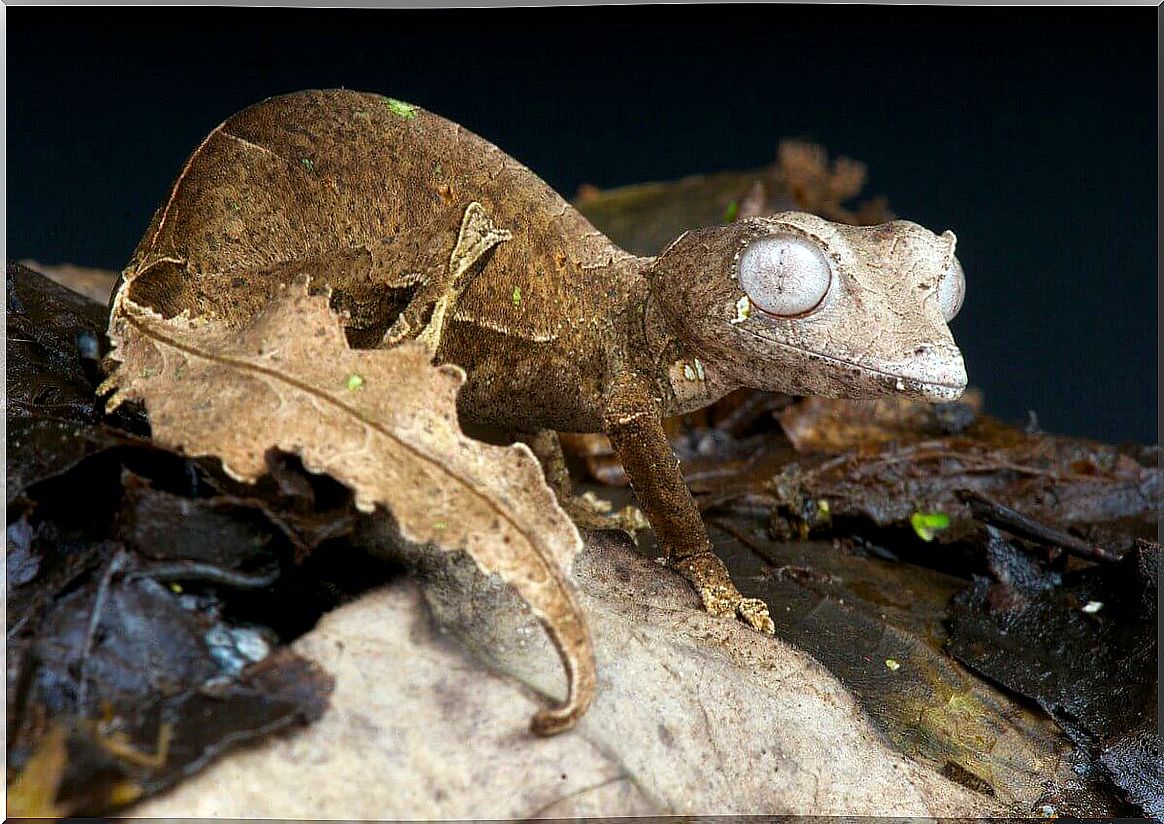
4. The Dyscophus antongilii frog
The Dyscophus antongilii frog species has a very rounded and quite large appearance, measuring between 6 and 6.5 centimeters for males and 8.5 and 10.5 centimeters for females. Males are yellow or orange, but females are a deep red, with a black line behind each eye.
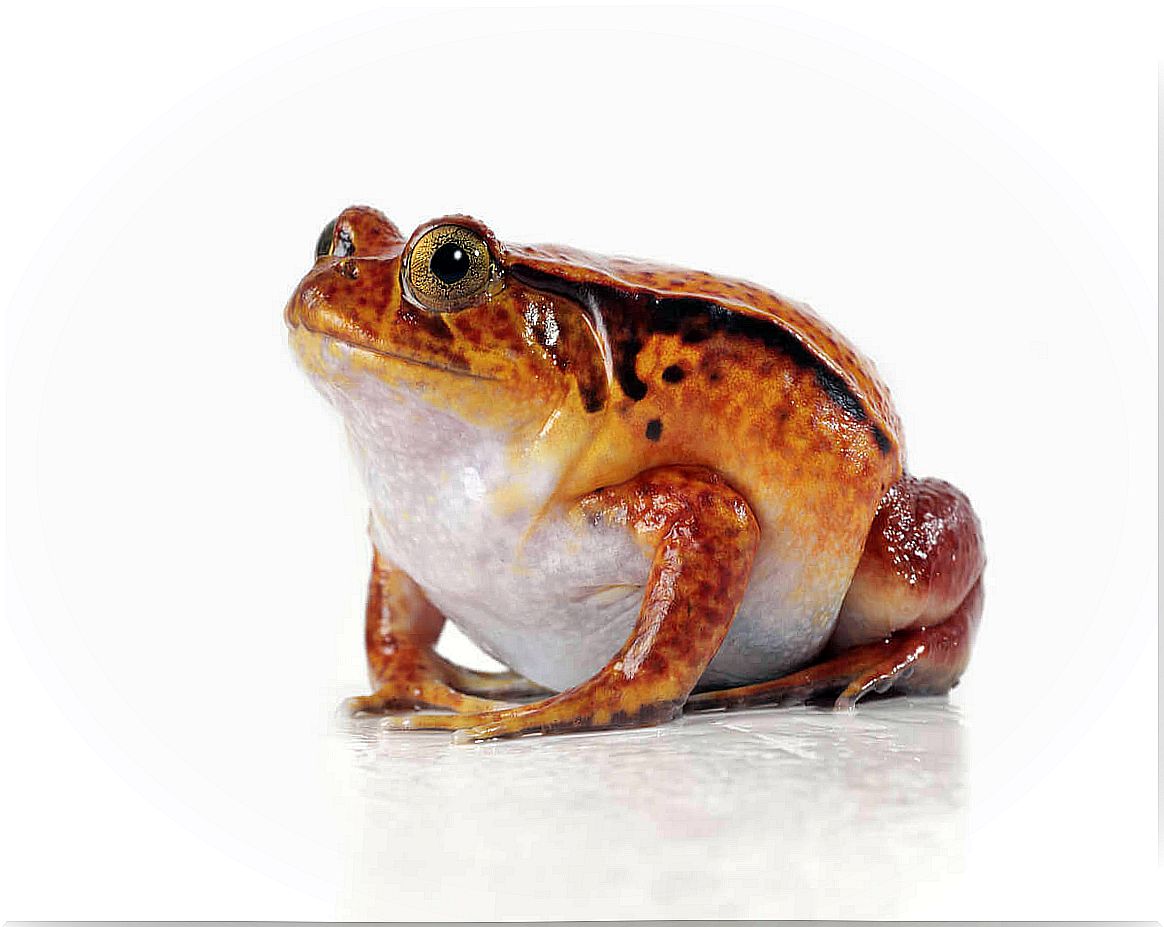
5. The bird Coua caerulea
This beautiful bird with aquamarine plumage is widely distributed throughout the island. Unlike other animals in Madagascar, it still has abundant populations. It belongs to the cuckoo family, but it does not have the parasitic habits that characterize many of its other members.
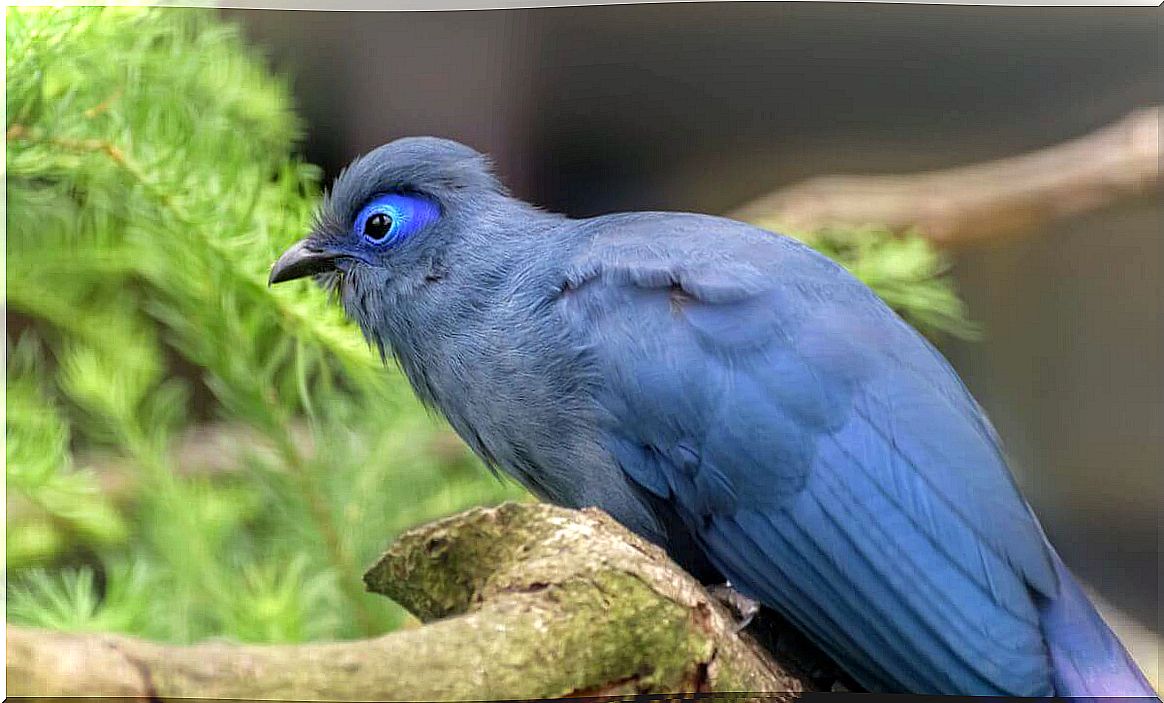
6. Indri ( Indri indri )
The indri is the largest living lemur. It measures between 50 and 70 centimeters and weighs up to 10 kilos. It is easily recognizable by its tiny tail and its white and black coloration, which depends on the area. The fur of the southern populations is whiter, while in the north, black predominates.
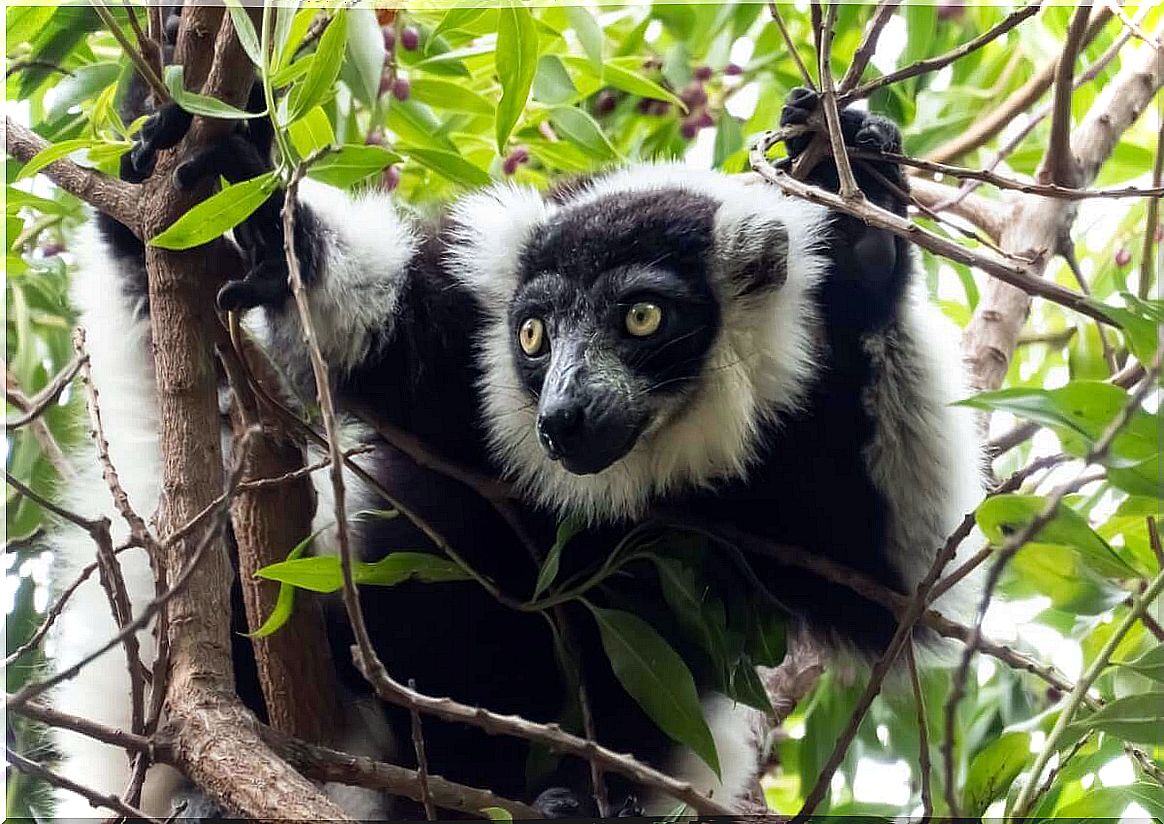
7. Giant Malagasy Chameleon ( Furcifer oustaleti )
Madagascar contains most of the world’s chameleon species. Among them, we have Furcifer oustaleti , considered the biggest chameleon on the planet. It competes for this title with another Malagasy chameleon, the Calumma parsonii chameleon . Both are approximately 70 centimeters.
Interestingly, this island is also home to the smallest chameleons in the world, which belong to the genus Brookesia . Insularity seems to favor extreme features in both directions.
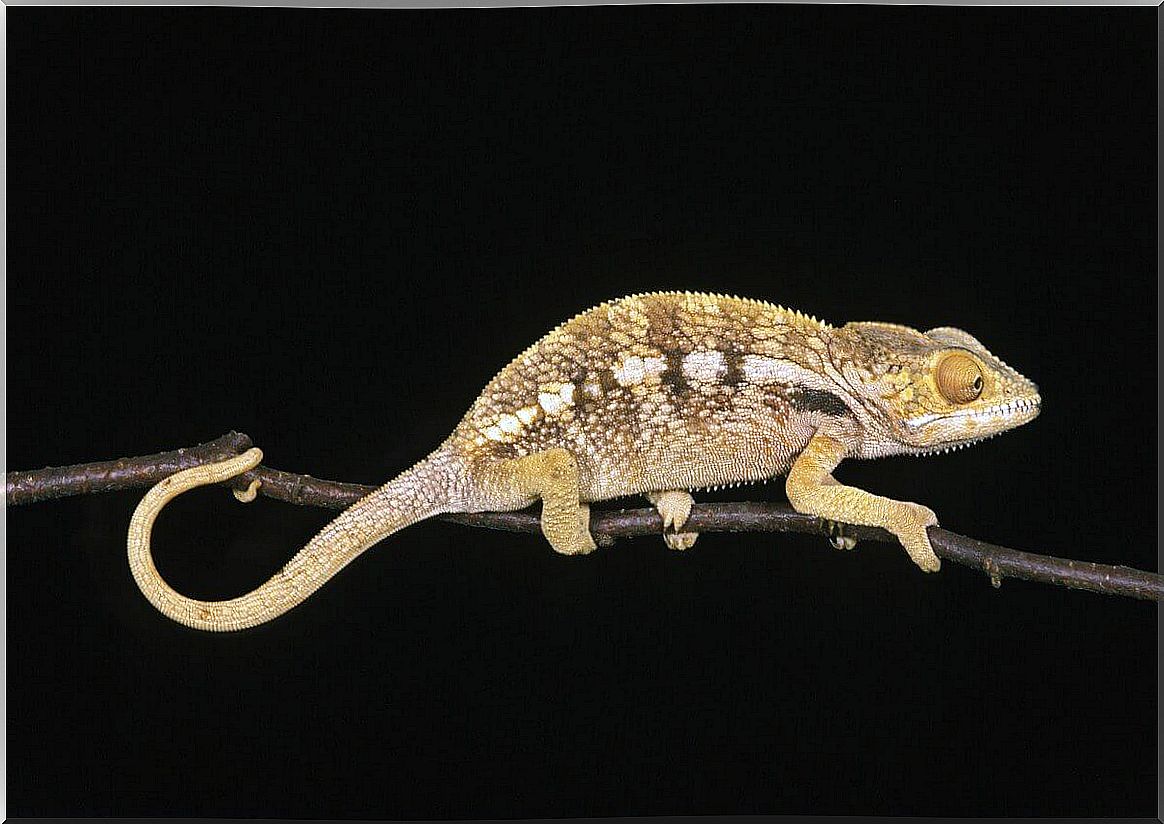
8. The Echinops telfairi species
These mammals are very similar to hedgehogs. Like them, they are small, rounded and covered with thorns. Its legs are short, its ears are large and its muzzle is pointed.
However, they are not hedgehogs nor are they related to them. These animals from Madagascar developed these traits quite independently, making them an extreme case of evolutionary convergence.
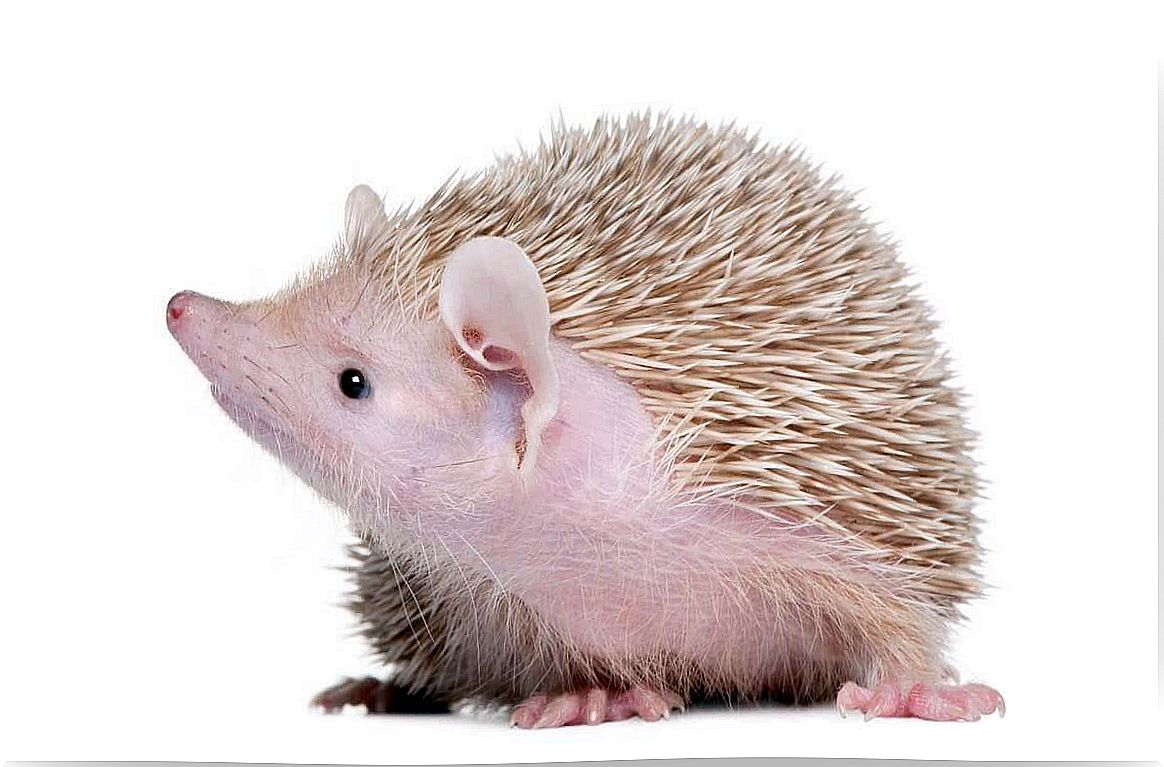
9. Fossa ( Cryptoprocta ferox )
The pit is Madagascar’s dominant predator, measuring up to 1.80 meters in length and weighing 12 kilos. It belongs to the euplerid family and is a carnivorous animal related to mongooses. Pits can be active during the day and night and can move on the ground or in trees.
These animals feed on whatever prey they can catch, but their favorite food is lemurs. Without a doubt, they are at the top of the food chain in this ecosystem.
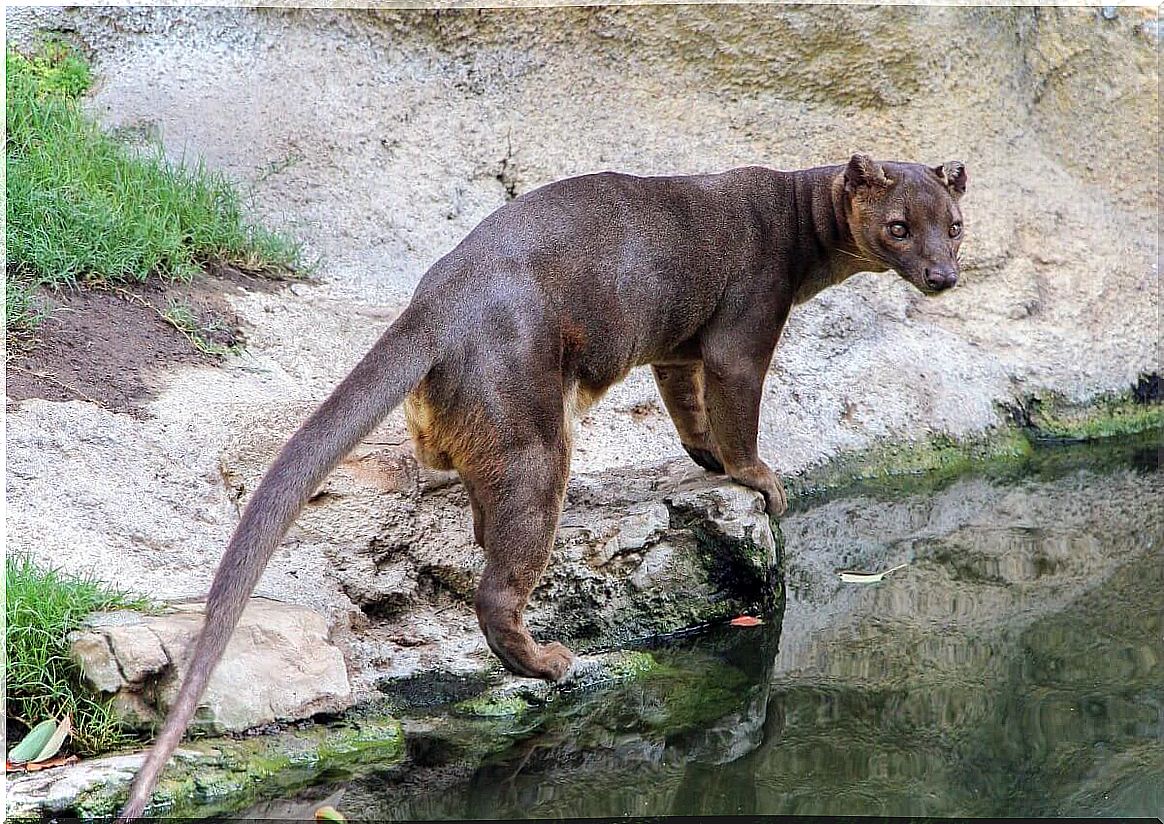
The fauna of Madagascar is one of the most interesting and unique in the world. Unfortunately, these animals are disappearing due to human actions. Agricultural, energy production or mining practices, among others, have destroyed the forests that once covered the island.
These practices are often due to the precarious and poor situation in which local populations live. Protecting Madagascar’s diversity requires not only conserving animal and plant species, but also caring for human well-being.



